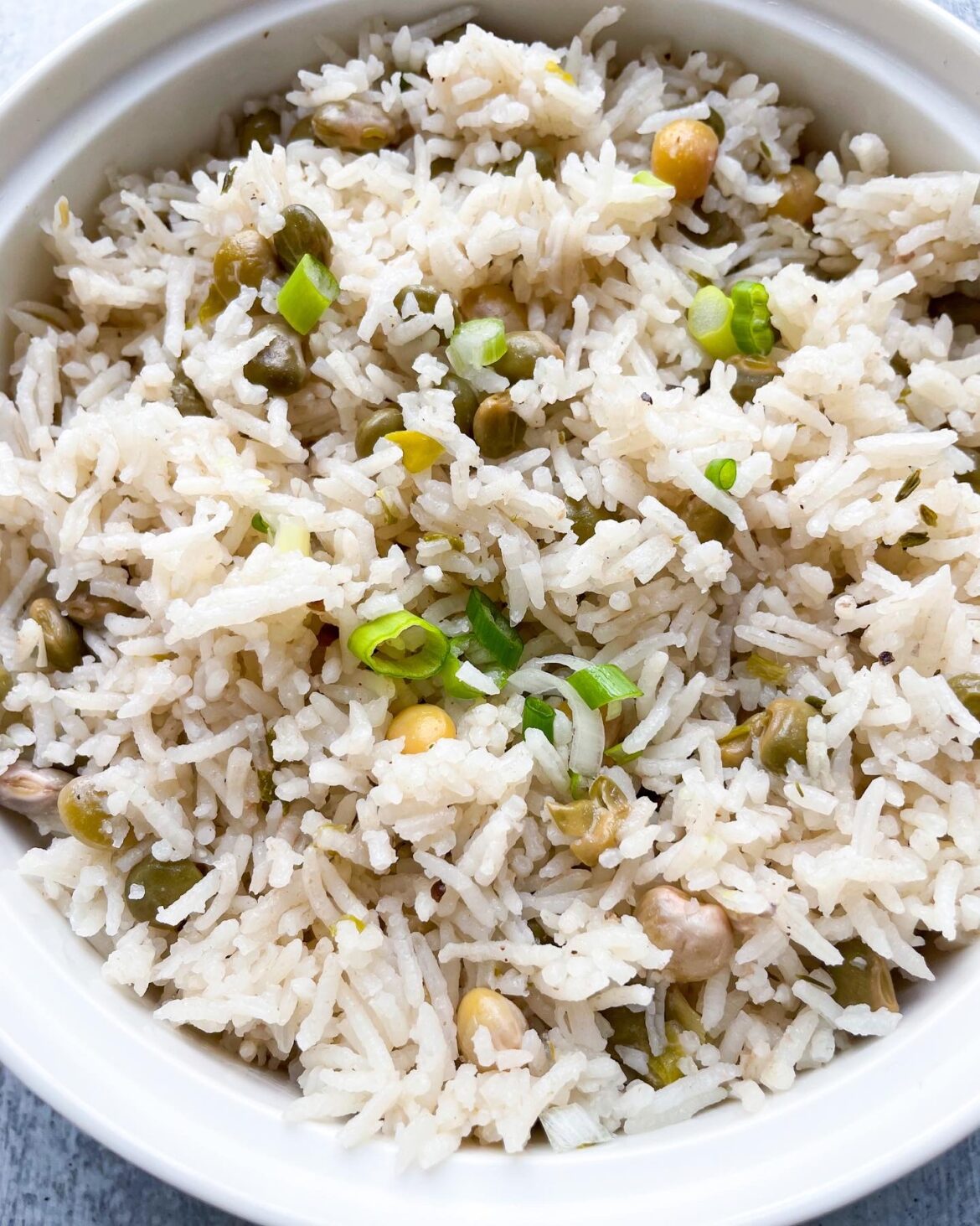Food, at its core, is a fundamental human need. This explains why today food recipes, traveling across borders, can morph into a myriad of variations, each reflecting the unique identity of its adopted home.
Think of spaghetti. In Italy, it’s often prepared with simple, fresh ingredients, emphasizing quality and highlighting the natural flavors of the ingredients. Travel to America, and you’ll find heavier sauces, creamier textures, and often larger portion sizes. Venture to China, and you encounter noodle dishes so diverse and regionally specific they bear little resemblance to their Italian ancestor.
So, what forces are at play that cause this culinary metamorphosis? Here are some key reasons:
- Recipes frequently adjust based on what is locally sourced and economically viable. A prime illustration is paella; in coastal Spain, fresh seafood is plentiful, rendering it a fundamental component. Conversely, in inland areas, rabbit or chicken may be more prominent. Likewise, the availability of spices significantly affects flavor profiles. A curry prepared in Jakarta will have a distinctly different taste compared to one made in Thailand, owing to the specific combination of locally cultivated spices utilized.
- Climate and Agricultural Practices: A country’s climate directly impacts the type of crops that can be grown and the animals that can be raised. For instance, rice is a cornerstone in many Asian cuisines due to the favorable climate and agricultural techniques for rice cultivation. This influences the types of dishes developed and the ways in which they are prepared. Warmer climates might favor lighter, fresher meals, while colder regions may lean towards heartier, more robust dishes designed to provide warmth and energy.
- Cultural Preferences and Traditions: Specific festivals, religious practices, and historical events often dictate the ingredients and preparation methods used in certain dishes. Think of the different types of bread around the world, each reflecting unique baking traditions and cultural significance. Certain flavors, like umami in Japan, might be highly valued in one culture but less emphasized in another.
- Culinary Techniques and Technology: The tools and techniques available in a country also play a crucial role in shaping its cuisine. The use of a wok in China, for example, allows for rapid cooking and the creation of stir-fries with distinct textures and flavors. The availability of modern appliances like ovens and refrigerators has also contributed to the evolution of recipes, leading to new cooking methods and preservation techniques.
- Economic Factors: The economic status of a country can influence the ingredients used and the preparation methods employed. In regions where certain ingredients are considered luxury items, cheaper substitutes might be used or the recipe might be simplified. Conversely, in wealthier countries, there might be a greater emphasis on using premium ingredients and elaborate cooking techniques.
- Immigration and Globalization: As people migrate and cultures blend, recipes inevitably evolve. Immigrants often adapt their traditional recipes to incorporate locally available ingredients or cater to local tastes. This process of culinary fusion can lead to exciting and innovative dishes that reflect the diverse influences of different cultures. Globalization has also played a significant role in exposing people to new ingredients and culinary techniques, further accelerating the process of culinary adaptation and innovation.
SUMMARY
The phenomenon of recipe variations across countries is a testament to the dynamic and ever-evolving nature of food. It demonstrates how a single culinary concept can be shaped and transformed by a complex interplay of factors, including geography, climate, culture, and economics. So, the next time you encounter a familiar dish prepared differently in a new place, take a moment to appreciate the rich tapestry of cultural influences that have shaped its unique flavor profile.
